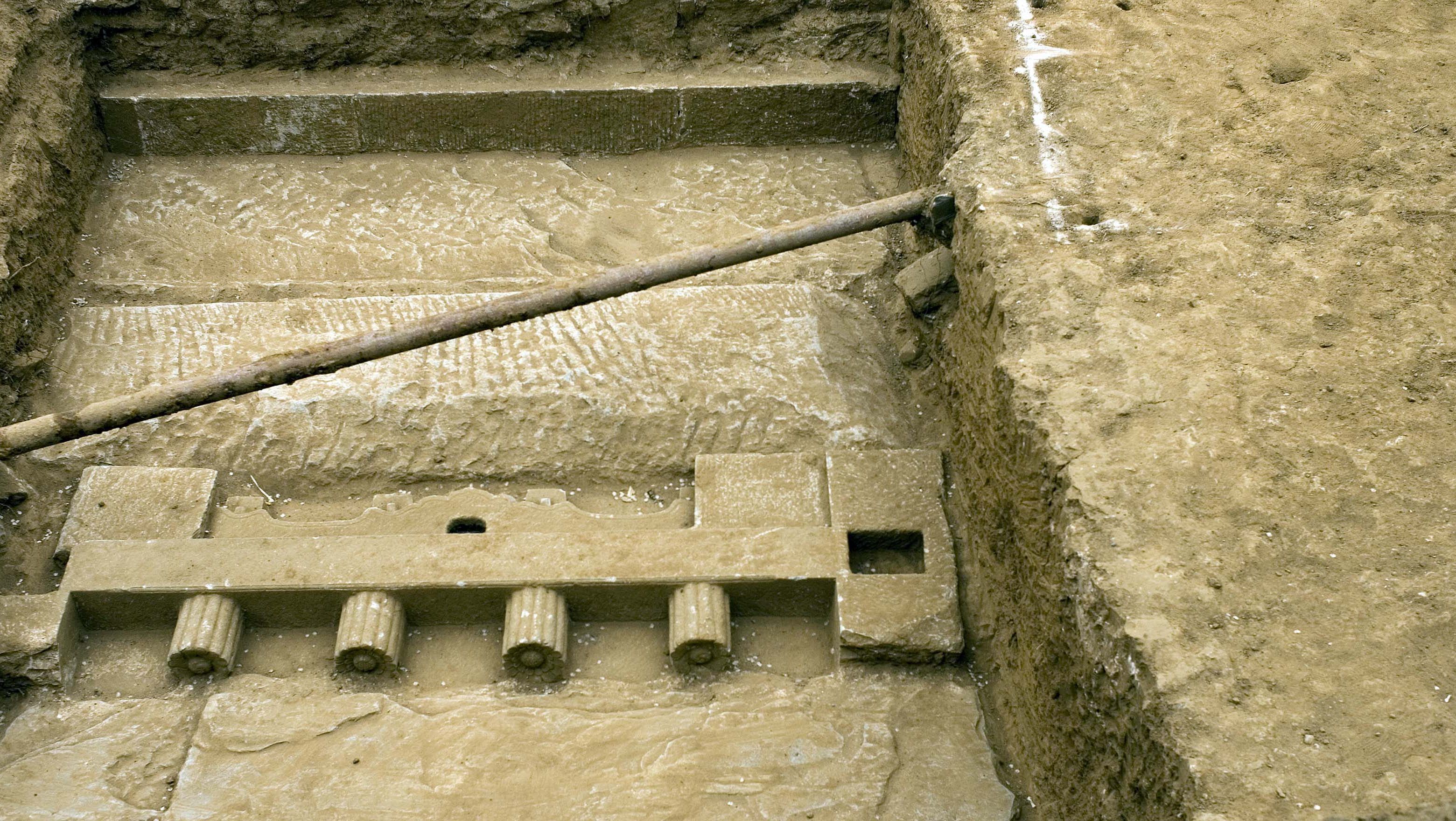More than 40 tombs were found, the majority of which were from the Ming Dynasty (1368-1644), said Xu Changqing, head of the Jiangxi Provincial Cultural Relics and Archeology Research Institute.
Tang wrote four major plays - "The Purple Hairpin," "The Peony Pavilion," "A Dream under a Southern Bough," and "Dream of Handan" - which like Shakespeare's works, are still performed to this day.
"This discovery is significant because it tells us more about Tang's life, his family tree and relationships with other family members," said Mao Peiqi, vice chairman of the Chinese Society on Ming Dynasty History.
Tang lived during the same time as William Shakespeare and died the same year as the bard.
Archaeologists also found six epitaphs, of which some are believed to be written by the playwright himself, and the tombs of his second and third wives.
"The epitaphs can help us learn more about the calligraphy, art and literature in Tang's time," Xu said.
-------------------------------------------------------------------------------------------------------------------------------
Tang wrote four major plays - "The Purple Hairpin," "The Peony Pavilion," "A Dream under a Southern Bough," and "Dream of Handan" - which like Shakespeare's works, are still performed to this day.
"This discovery is significant because it tells us more about Tang's life, his family tree and relationships with other family members," said Mao Peiqi, vice chairman of the Chinese Society on Ming Dynasty History.
Tang lived during the same time as William Shakespeare and died the same year as the bard.
Archaeologists also found six epitaphs, of which some are believed to be written by the playwright himself, and the tombs of his second and third wives.
"The epitaphs can help us learn more about the calligraphy, art and literature in Tang's time," Xu said.
-------------------------------------------------------------------------------------------------------------------------------









 Home
Home Politics
Politics











